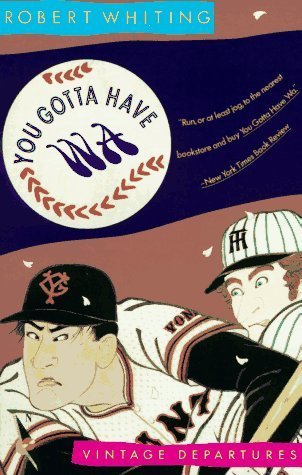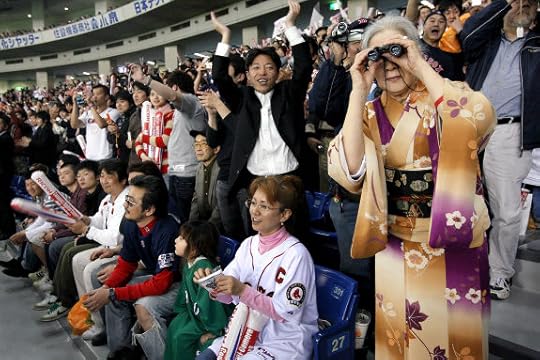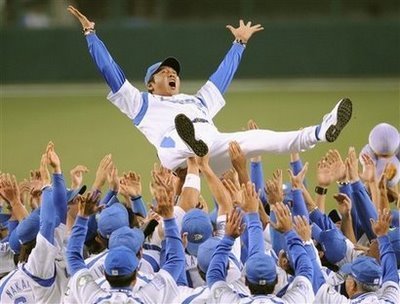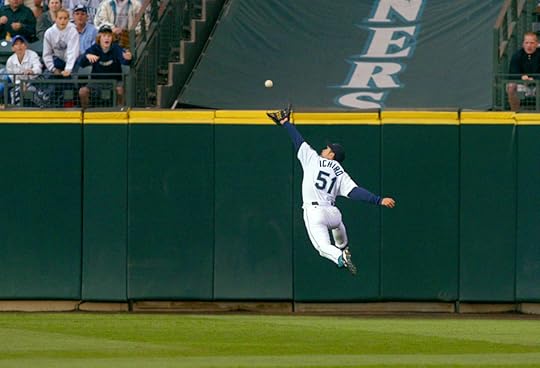What do you think?
Rate this book


368 pages, Paperback
First published January 1, 1989


"The purpose of [baseball] training is not health but the forging of the soul, and a strong soul is only born from strong practice.
To hit like a shooting star, to catch a ball beyond one’s capabilities….Such beautiful plays are not the result of technique but the result of good deeds. For all these are made possible by a strong spiritual power.
Student baseball must be the baseball of self-discipline, or trying to attain truth, just as in Zen Buddhism…In many cases it must be a baseball of pain and a baseball practice of savage treatment. Only with the constant cultivation of tears, sweat and bleeding can a player secure his position."

Americans played ball. Japanese worked at it. There was nothing mellow or laid back about [Jim Horner's] host. They were unremittingly formal, disciplined, cerebral, and incredibly uptight (at least when they were sober). The standard look was Military Grim. Only in Japan, he discovered, did both company workers and kindergarten students alike take medicine for stress.The Japanese system builds players with a near-superhuman ability to endure pain, which can do more harm than good. Choji Murata was among the many pitchers who subscribed to the Japanese notion that you should pitch till your arm fell off--a hundred pitches in practice, and then even more in the game. He continued to pitch with a ruptured ligament in his elbow for a year and a half!
In Japan surrendering the first run in a game was considered so psychologically damaging to team mood that defeat was almost inevitable...They talked about pressure as if it were a disease: the pressure of falling behind; the pressure of a one-run lead...
They played the game as if there were no tomorrow, using starting pitchers in relief, pinch-hitting in early innings, and sacrificing bunting at every conceivable opportunity.
“I did a lot of (batting practice) when I was in the States--a couple of hundred balls a day. But in Japan we were hitting 500 to 700 balls a day,” Lee said. “… Over the years, all the practice turned out to be a blessing. It made me a more consistent hitter because my swing was fixed. As the years went by, I realized that kind of spring training was exactly what I should have been doing here in the States.”Lee would go on share his knowledge with the Oakland A’s as batting coach in 1989--the year the A’s claimed their wildly improbable World Series title.



Ironically, it appears that the cookie-cutter approach and fabled "team spirit" philosophy that helped make Japan a flawless manufacturing, money-making machine may not really suit baseball. Japanese-style quality control means that everyone has to do everything the same way. No one is allowed to think for himself. Nothing is left to chance, or individual need. Managers and coaches demand blind obedience to traditional methods, and the players who don't go along are weeded off the assembly line. The result is a passive approach to playing baseball, or as Reggie Smith once said, "They play as if they are punching a clock."